History and Style of Art Deco
Art Deco style emerged in the early 20th century and continued to dominate the architecture, design, fashion, and art scene until the outbreak of World War II. It is a design movement that has left its mark on the built environment of cities worldwide. Characterized by its geometric forms, bold colors, and lavish ornamentation, the movement was an expression of the post-war optimism, technological advancements, and social changes that took place in the early 20th century.

The History of Art Deco Style:
Art Deco style originated in France in the aftermath of World War I. It was heavily influenced by the avant-garde movements of Cubism, Futurism, and Constructivism, as well as by the decorative arts of ancient Egypt, Greece, and Rome. The movement was named after the 1925 International Exhibition of Modern Decorative and Industrial Arts that took place in Paris. This exhibition showcased the latest forms of decorative and industrial design, marking a departure from the ornate and heavily embellished styles of the past.
Art Deco style quickly spread throughout Europe and the United States, becoming a dominant force in architecture, fashion, and design throughout the 1920s and 1930s. The movement was popularized by an emerging post-war middle class that now had access to a wider array of consumer goods and services. However, the Great Depression of the 1930s saw the movement fall out of favor as people turned to more austere and functional styles.

The Style of Art Deco Architecture:
Art Deco style architecture is distinguished by its use of geometric forms, bold colors, and lavish ornamentation. It is a highly decorative style that emphasizes symmetry, balance, and order. Buildings in the Art Deco style often feature flat roofs, smooth stucco surfaces, and terraced setbacks. They also employ the use of modern materials, such as steel, concrete, and glass, to create streamlined and futuristic designs. The interiors of Art Deco buildings often feature luxurious materials, such as marble, brass, and exotic woods.
The furnishings are often highly stylized and geometric, using materials such as polished chrome, leather, and lacquered wood. The lighting is also an important element of Art Deco design, with many buildings featuring elegant chandeliers and sconces. The most iconic examples of Art Deco architecture can be found in cities like New York, Chicago, and Miami. In New York, buildings like the Chrysler Building and Rockefeller Center are examples of the style, while in Chicago, the Tribune Tower and the Chicago Board of Trade Building are notable examples. In Miami, the city’s Art Deco Historic District features over 800 buildings in the style.

Other Forms of Art Deco Style:
Design Art Deco style was not limited to architecture, but was also a prominent feature in other forms of design. In fashion, it was characterized by its use of bold colors, geometric patterns, and unusual materials such as Bakelite and Lucite. Famous designers of the time, such as Coco Chanel and Elsa Schiaparelli, incorporated Art Deco elements into their designs. The movement also had a significant influence on graphic design, with its stylized typography and use of bold geometric forms. It was used extensively in advertising, and many of the iconic posters of the time, such as those for the ocean liners of the 1930s, featured Art Deco design elements.
Art Deco style was also reflected in the decorative arts, with furniture, ceramics, and glassware all featuring the style’s hallmark geometric forms and vibrant colors. The movement was characterized by a desire to create timeless designs that would last beyond the rapidly changing fashions of the time. Art Deco Revival In recent years, there has been a resurgence of interest in Art Deco style. Many designers and architects have been inspired by the movement’s bold design elements and decorative flair.

Today, we see Art Deco influences in everything from fashion and jewelry to home décor and furniture. The Art Deco architecture of the 1920s and 1930s is still highly regarded today. Many of the buildings constructed during this time have been preserved and restored, and are now seen as iconic landmarks of cities around the world. The Art Deco movement was a celebration of the optimism and glamour of the time, a reflection of a society emerging from the darkness of war and embracing a new era of prosperity and progress. Today, Art Deco style remains an enduring symbol of that era, evoking a sense of nostalgia and glamour that continues to captivate our imaginations.





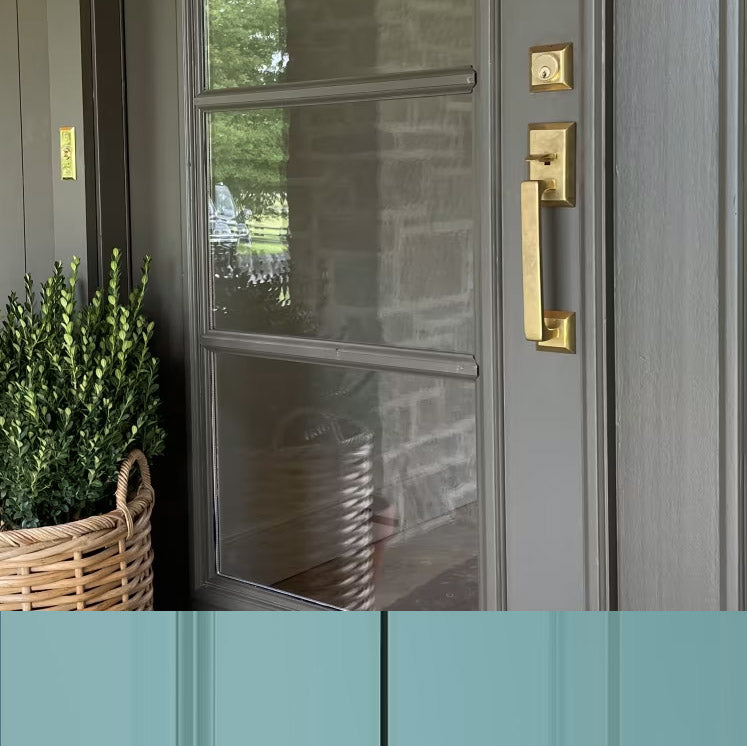
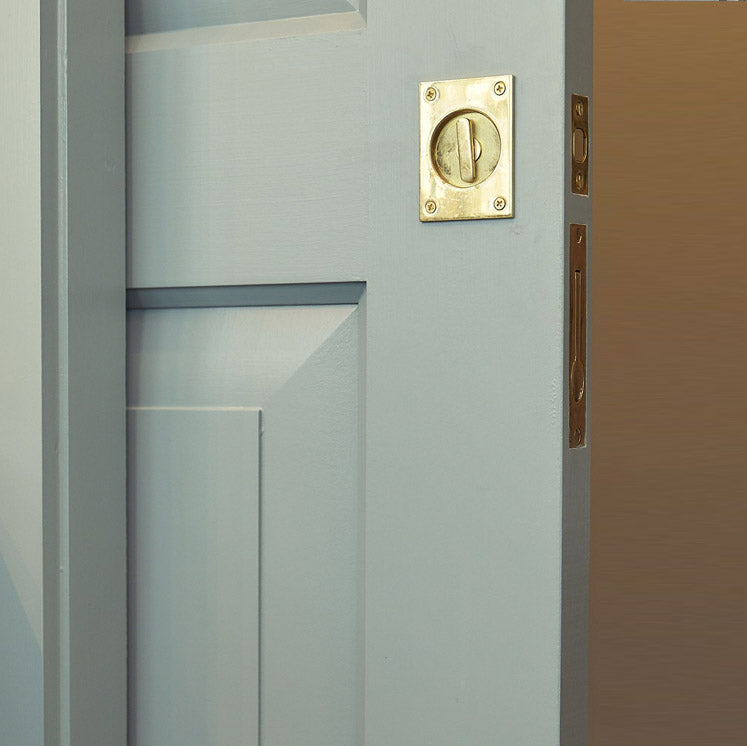

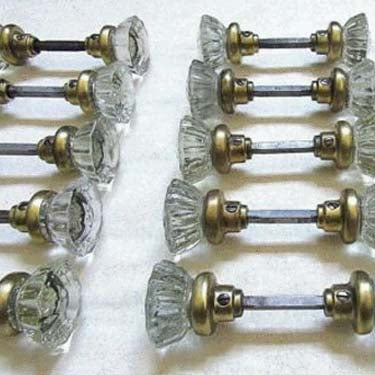

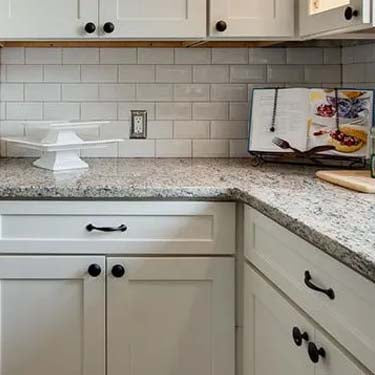



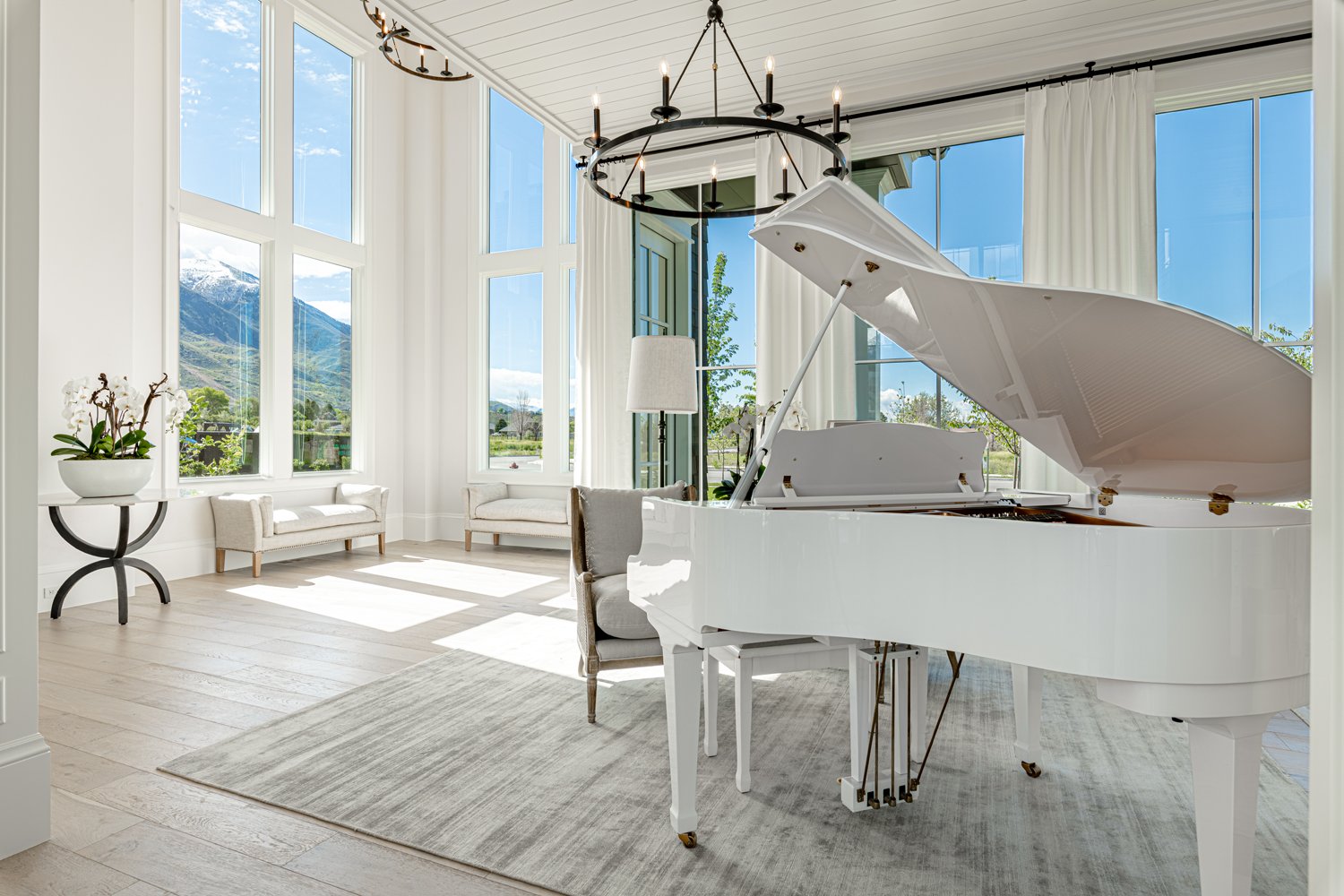
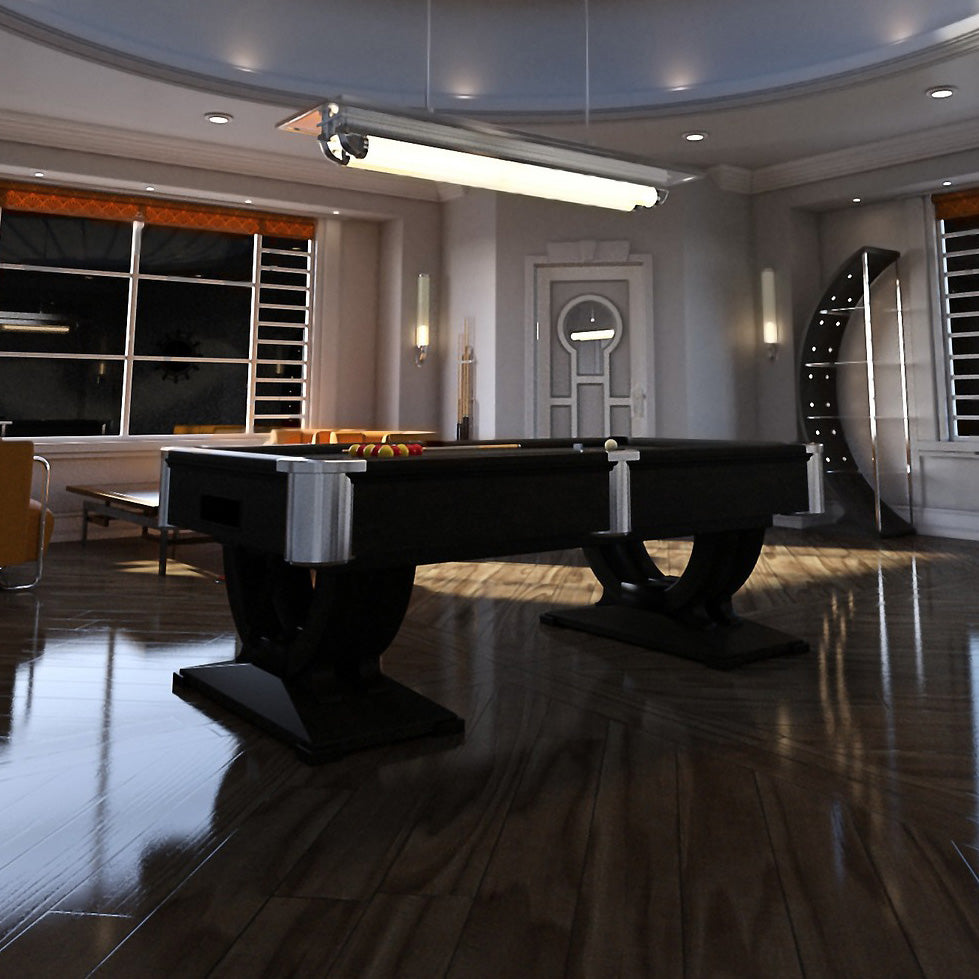
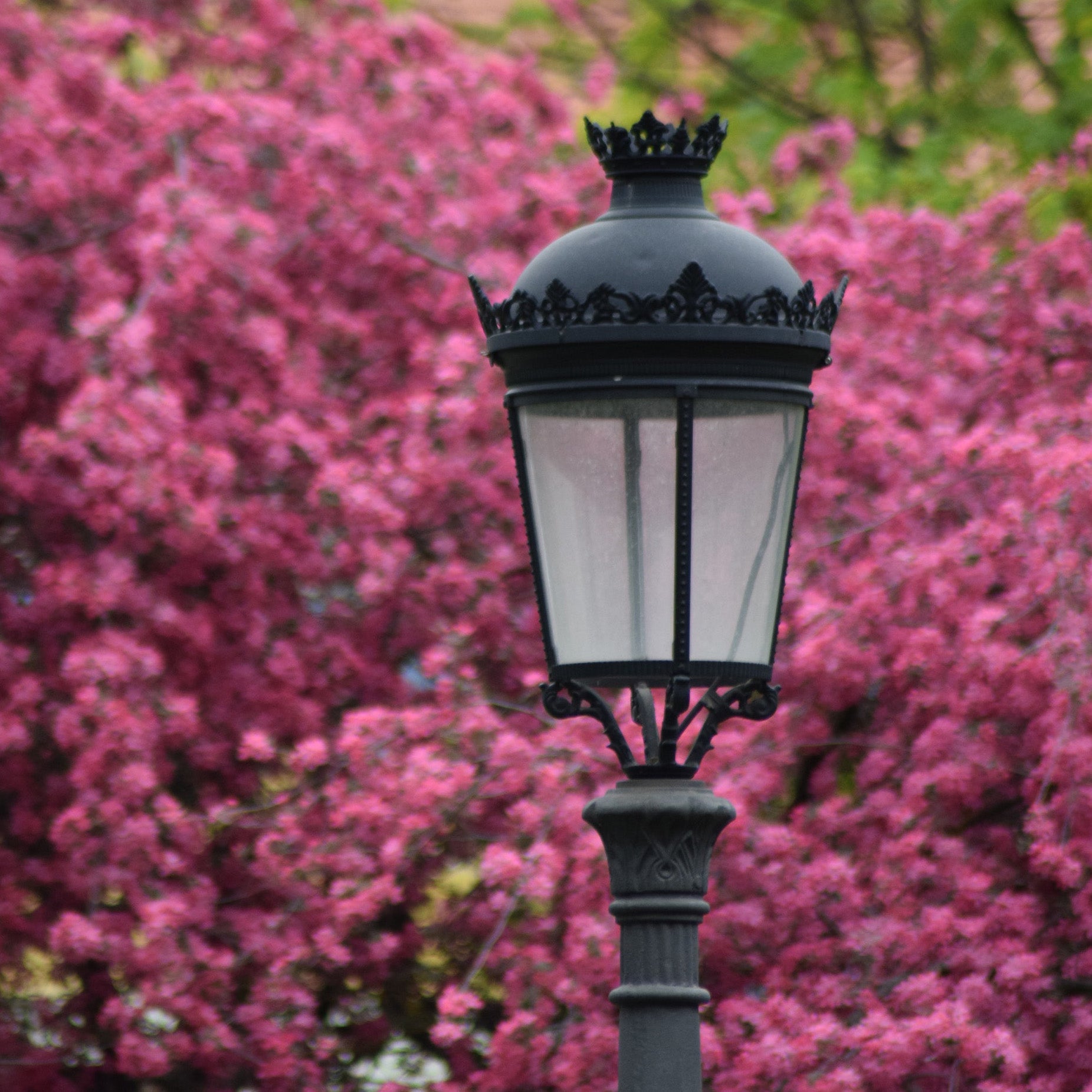




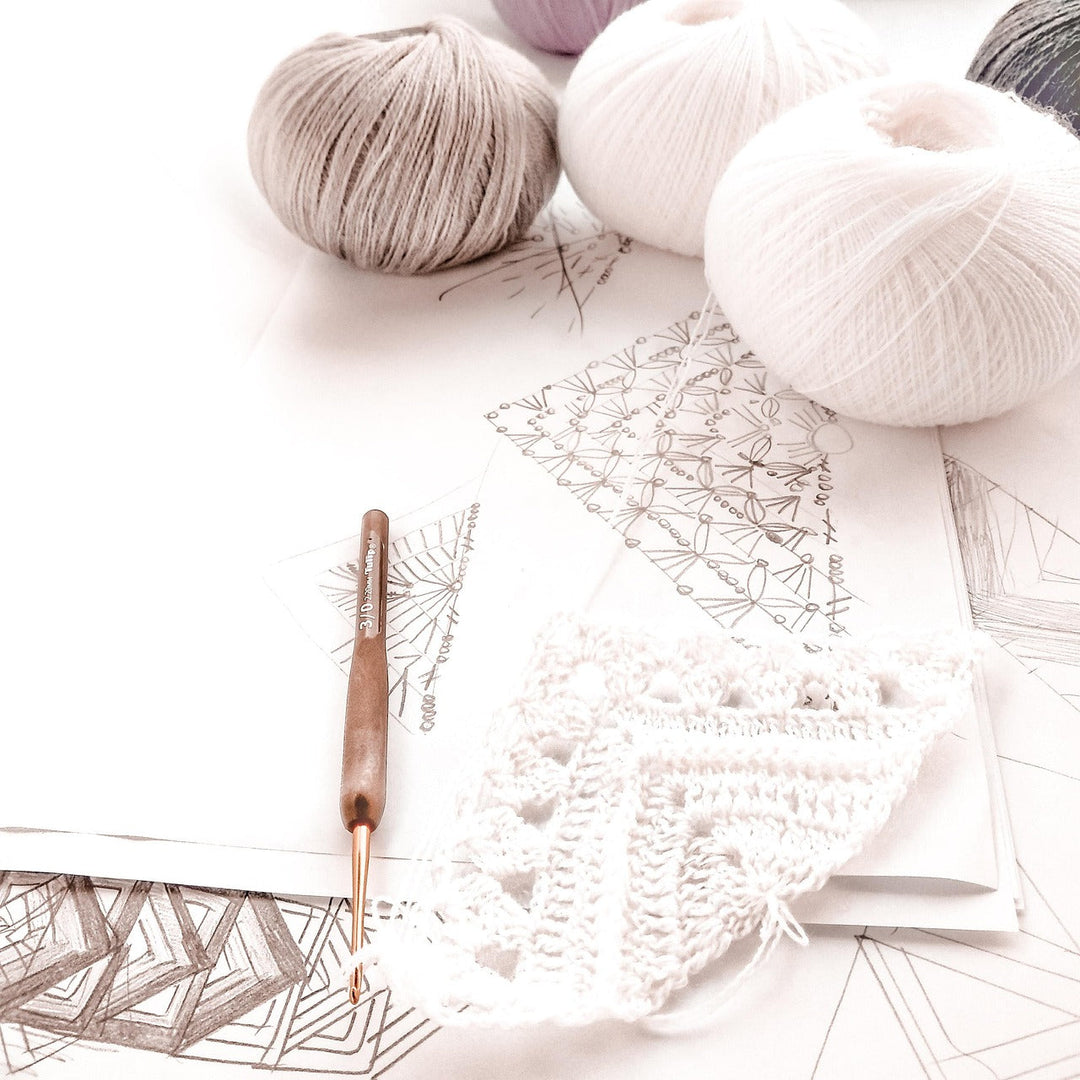
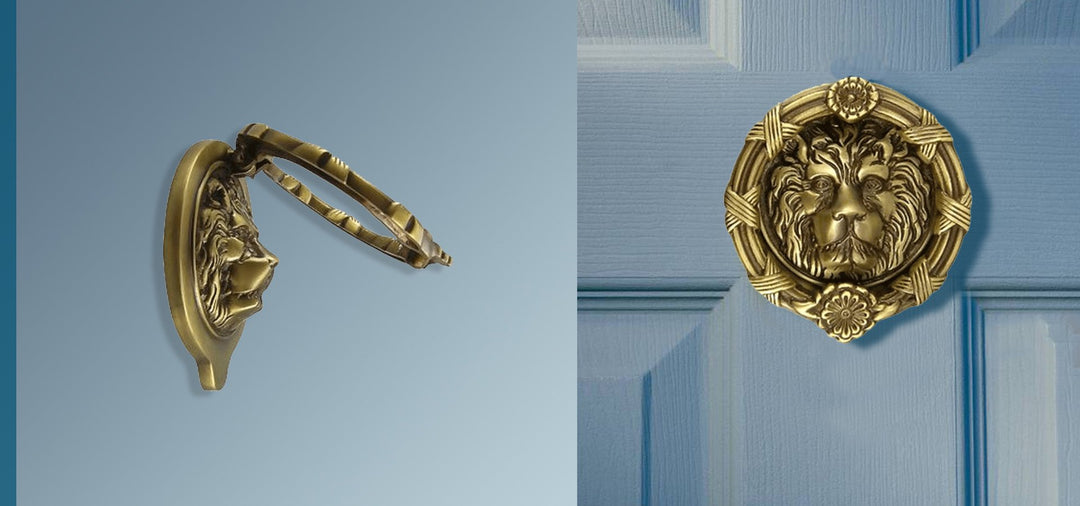
Leave a comment